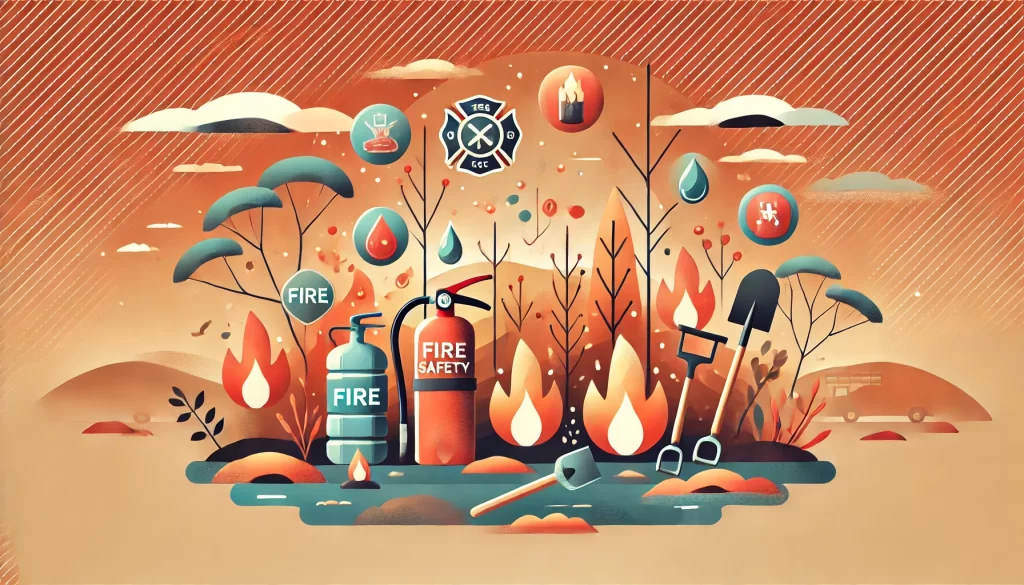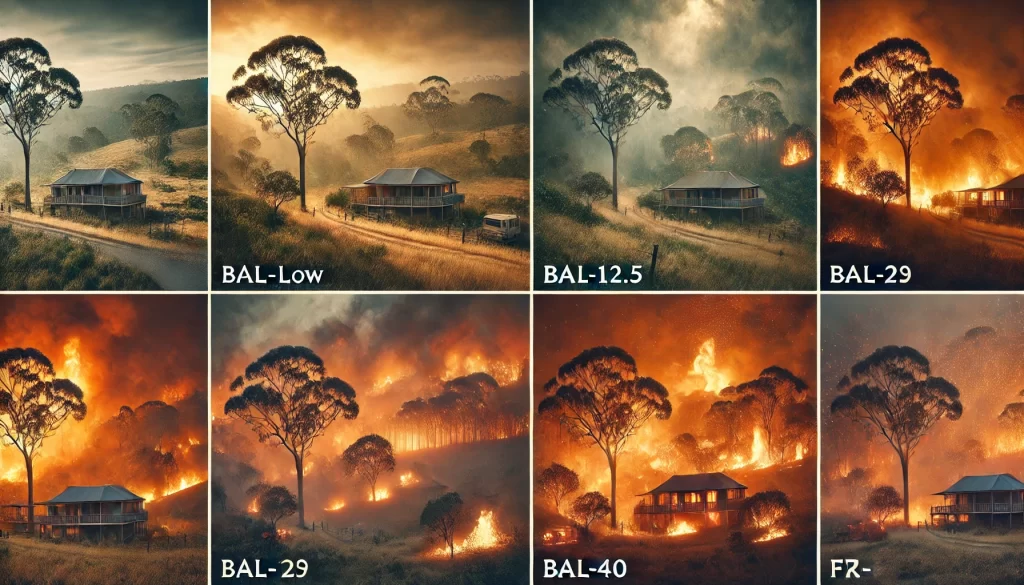Now Reading: Fire-Resistant Landscaping | Protecting Your Home from Wildfires
- 01
Fire-Resistant Landscaping | Protecting Your Home from Wildfires
Fire-Resistant Landscaping | Protecting Your Home from Wildfires

Wildfires are a growing concern in many parts of the world, especially in regions with hot, dry climates. As these fires become more frequent and intense, it’s essential for homeowners to take proactive steps to protect their properties. One effective way to do this is through fire-resistant landscaping. By carefully selecting and arranging plants, materials, and design elements, you can create a landscape that reduces the risk of wildfire damage. In this article, we will explore the principles of fire-resistant landscaping and provide practical tips to help you safeguard your home.
Understanding Fire-Resistant Landscaping
Fire-resistant landscaping, also known as defensible space landscaping, involves designing and maintaining your yard in a way that minimizes the potential for fire to spread to your home. This approach incorporates the use of fire-resistant plants, strategic placement of vegetation, and the use of non-combustible materials.
Key Principles of Fire-Resistant Landscaping
1. Creating Defensible Zones
The first step in fire-resistant landscaping is to establish defensible zones around your home. These zones are areas where the vegetation is managed to reduce the risk of fire spreading. Typically, there are three zones to consider:
- Zone 1: This is the area within 30 feet of your home. In this zone, you should prioritize fire-resistant plants and ensure that any flammable vegetation is kept to a minimum. Regular maintenance, such as pruning and removing dead plants, is crucial.
- Zone 2: This zone extends from 30 to 100 feet from your home. In this area, you should reduce the density of trees and shrubs, and create breaks in the vegetation to slow the spread of fire.
- Zone 3: This is the area beyond 100 feet. While it’s less critical than the first two zones, maintaining a well-managed landscape here can still help to reduce the overall fire risk.
2. Choosing Fire-Resistant Plants
Not all plants are created equal when it comes to fire resistance. Some plants contain oils, resins, and other flammable substances that can fuel a fire. When selecting plants for your landscape, consider the following characteristics of fire-resistant plants:
- High Moisture Content: Plants with high moisture content are less likely to ignite. Examples include succulents, such as aloe and agave, and leafy green plants like hostas.
- Low Oil and Resin Content: Avoid plants that contain high levels of oils and resins, such as eucalyptus and pine trees, as they can easily catch fire and spread flames.
- Slow-Growing and Low-Maintenance: Plants that grow slowly and require minimal maintenance are ideal for fire-resistant landscaping. These plants are less likely to produce excess dead material that can become fuel for fires.
3. Strategic Plant Placement
How you arrange your plants can significantly impact the spread of fire. Consider these tips for strategic plant placement:
- Create Fire Breaks: Use hardscape elements, such as gravel paths, stone walls, and patios, to create fire breaks that can stop or slow the spread of fire.
- Avoid Dense Plantings: Dense plantings can act as fuel for fires, so it’s important to space plants apart to reduce the risk of flames spreading.
- Keep Plants Away from Structures: Maintain a safe distance between plants and your home, as well as other structures like sheds and fences. A minimum distance of five feet is recommended.
Practical Tips for Fire-Resistant Landscaping
1. Regular Maintenance
Regular maintenance is essential for keeping your landscape fire-resistant. This includes tasks such as:
- Pruning and Trimming: Regularly prune trees and shrubs to remove dead branches and reduce excess growth.
- Removing Debris: Clear away leaves, twigs, and other debris that can accumulate around your property, as these materials can easily catch fire.
- Watering: Keep plants well-watered, especially during dry periods, to maintain their moisture content and reduce flammability.
2. Use Non-Combustible Materials
Incorporating non-combustible materials into your landscape design can further reduce the risk of fire. Consider using materials such as:
- Gravel or Stone Mulch: Instead of flammable organic mulch, use gravel or stone to cover soil and create a fire-resistant ground cover.
- Concrete or Paved Paths: Hardscape elements like concrete paths and patios can serve as effective fire breaks and reduce the spread of flames.
3. Install Irrigation Systems
An efficient irrigation system can help keep your landscape healthy and reduce fire risk. Drip irrigation systems are particularly effective, as they deliver water directly to the roots of plants, reducing evaporation and ensuring that plants stay hydrated.
Conclusion
Fire-resistant landscaping is a crucial strategy for protecting your home from the increasing threat of wildfires. By understanding the principles of creating defensible zones, choosing fire-resistant plants, and strategically placing vegetation, you can significantly reduce the risk of fire damage. Regular maintenance and the use of non-combustible materials further enhance the fire resistance of your landscape. Taking these steps not only helps protect your property but also contributes to the safety and resilience of your entire community.






























